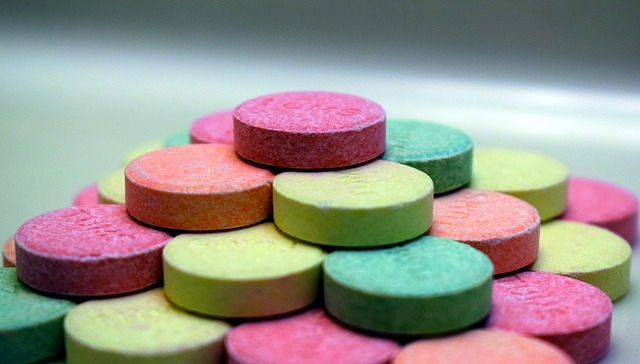3D Printed Sugary Stents Speed Up Suturing Of Arteries
The surgeons have to spend a lot of time to restore the blood flow and activity of millimeter-scale arteries during their reconstructive procedures and organ transplants which demand nimble fingers. The latest stent coated with sugar can help the surgeons and the surgeries to head the 3D-printed way.
According to the Nebraska engineer Ali Tamayol and his international colleagues, the tiny sugar-based tube attaches around the adjacent ends of a clipped artery. The internal sticking helps the stents to hold the adjacent ends perfectly so as to provide structural support while performing the shaky sewing process. These microsurgeries have a lot of challenges, skill dependency, and time consumption. The surgery time reduced to a great extent when using the stent-assisted suturing in comparison to the previous clamp-based technique. The current invention helps lower the risk of surgeons suturing both the walls of arteries which can consequently block the blood flow. After the stent suturing is performed, immediately the blood flow is resumed and the stent dissolves plus innocuously sweeps away. While designing the stent a number of properties like flexibility, less brittle, and more were the ones focused by the researchers. The team eyed down on the glucose derivative called dextran as it could easily stick to the walls of the arteries plus combat blood clotting.
The sodium citrate helped dissolve the stent with no debris left behind. The arteries of the people vary in sizes which is the reason the 3D printing technique was brought in to customize the stent as per the individual’s body. The stents eroded away safely based on the flow rate, salinity, and temperature of the particular body. There were no signs of leakage as well following the procedure. The future of printing stents in hospitals using which is generally avoided by people is a unique application in its kind. Professor Roger Kneebone at the Imperial College has claimed that the students glued to their smartphones lose their ability to perform simple tasks like stitching or sewing up. The students continuous swiping on the flat 2D screen makes less confident, shaky, low concentrative and hyper when it comes to performing surgeries.

